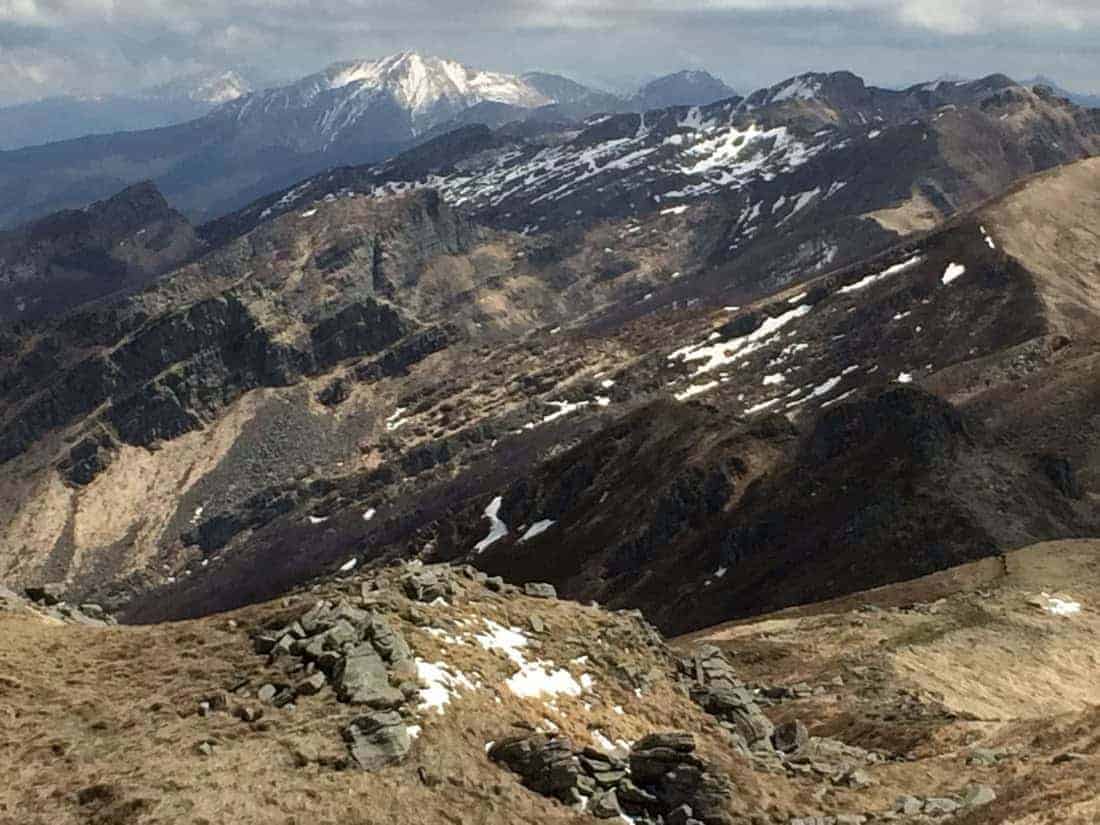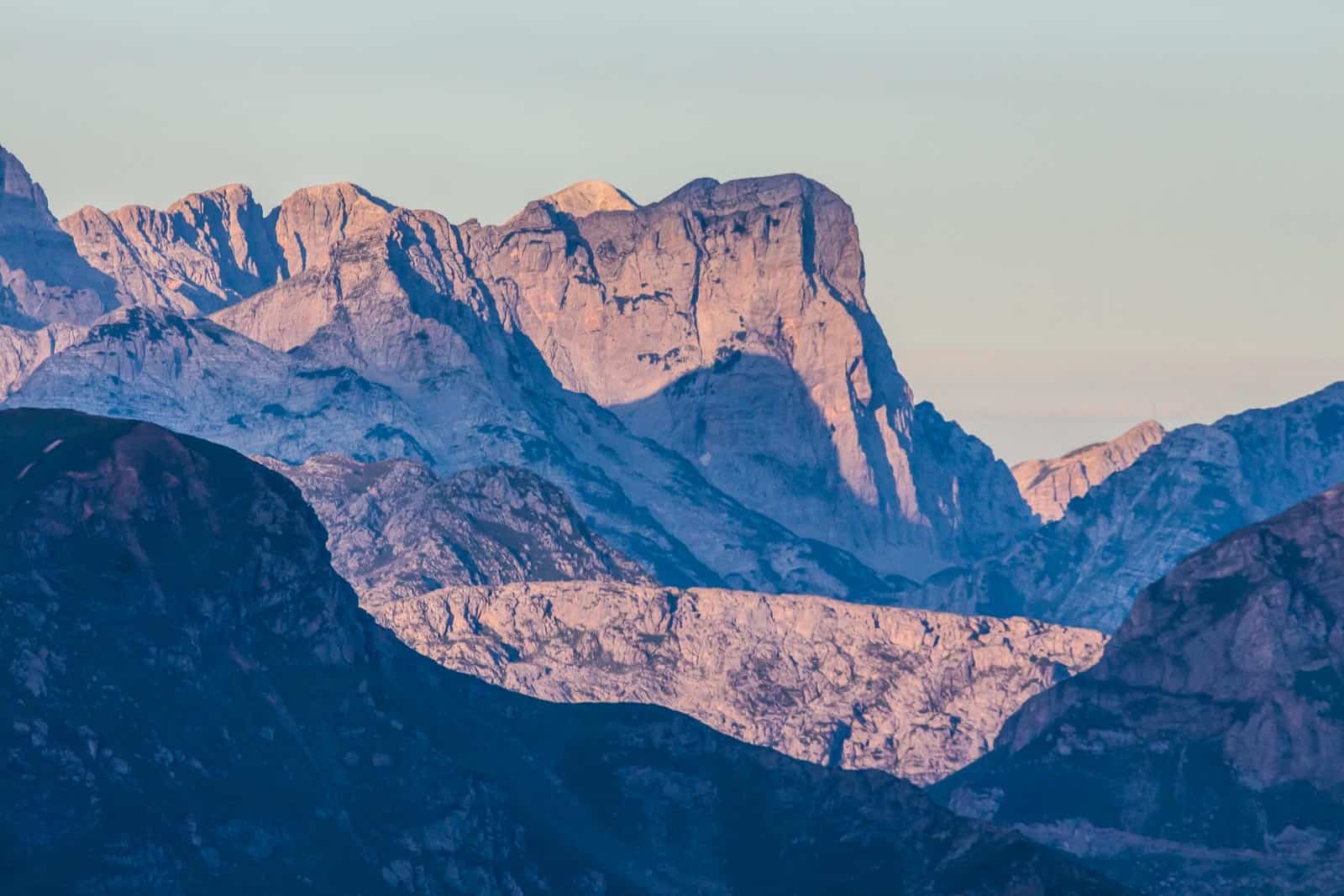World Bear Day
On Saturday, March 23, it was World Bear Day! Since 1992, this day has been celebrated yearly to encourage worldwide attention for these incredible animals.
Bear facts
There are eight species of bear roaming around the world:
The brown bear/Grizzly bear – the fastest bear of all, can run up to 56 – 64 km/h
The giant panda – the only bear that is almost entirely herbivorous (99% bamboo)
The Asiatic black bear
The polar bear – the only bear that is entirely carnivorous
The sloth bear – mostly feeds on ants, termites, and other insects
The sun bear – developed a long tong to lick up insects and honey
The North American black bear
The Andean/spectacled bear
Six of the bear species are considered vulnerable or threatened according to the IUCN Red List.
Bears living in northern parts of the world, including the American black bear and Grizzly, hibernate through winter. While in hibernation, bears can stay asleep for up to 100 days! Before the hibernation period, bears accumulate a lot of fat which will be their only energy source for months. During hibernation, their heartbeat slows down to 9 beats per minute (compared to 55 in non-hibernation), metabolism and body temperature decrease, and they do not urinate or defecate. However, the most interesting fact may be that female bears can give birth during hibernation.
The bear is a symbol of rebirth in many Native American cultures because of its hibernation and re-emergence behavior.
Bears communicate with vocal and non-vocal sounds, with visual displays and with their scent.
The Spectacled bear is the only bear native to South-America and inhabit the Andes Mountains. Their name is inspired by the coloration of their fur on the chest, neck, and face, which may resemble spectacles. All other bear species live in the Arctic, North America, Europe, or Asia.

Bears as ecosystem engineers
An ecosystem engineer is an organism that “modifies, creates or destroys habitat and directly or indirectly modulates the availability of resources to other organisms, causing physical state changes in biotic or abiotic materials”.
Bears are also considered ecosystem engineers. For example, Japanese black bears climb trees to find fruit. When doing so, they leave a ‘bear shelve’, a patch of broken branches and dead leaves, in the canopy. Scientists found that these canopy gaps improve light conditions at the forest floor, thereby facilitating the fruiting of fleshy-fruited plants beneath the gaps. This in turn creates a better resource availability for species depending on the fruits of these plants.
Another example of bears being ecosystem engineers is the relationship between the Alaskan brown bear and salmon. The bears relocate salmon carcasses and they excrete salmon-derived nutrients. Through this interaction, the bears are responsible for 24% of the nitrogen availability on the river banks, thereby enabling a more suitable environment for plant growth as nitrogen is one of their main nutrients.

Threats
Bear populations are threatened worldwide. Their habitats are fragmented due to activities such as logging, mining, road construction and urban development. Also, climate change makes bear survival more challenging, especially in the Arctic regions.
Another way bears are cruelly exploited is the trading of bear bile. In Asia, bears are farmed for their gallbladder bile, which is sold and used in traditional medicine. These bears live in extremely cruel circumstances, they are kept in very small cages and experience severe anxiety, distress, and pain. Similarly, bears are trained for bear dancing or they are used in bear baiting. Bear baiting is a bloodsport where bears have to defend themselves against trained dogs, which leads to severe injuries and suffering.
All in all, bears are magnificent creatures with an interesting ecology. Conserving their species will increase ecosystem health and resilience. So, it is not surprising that the bear deserves a national day in the calendar!









